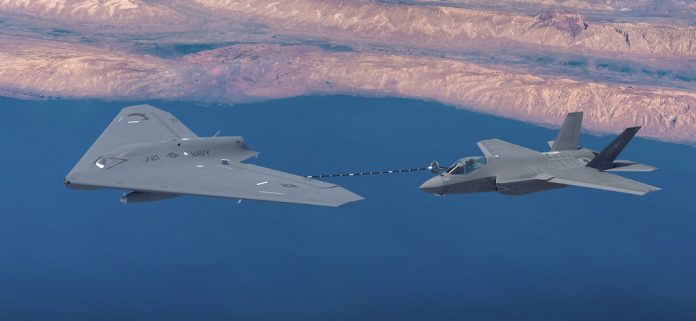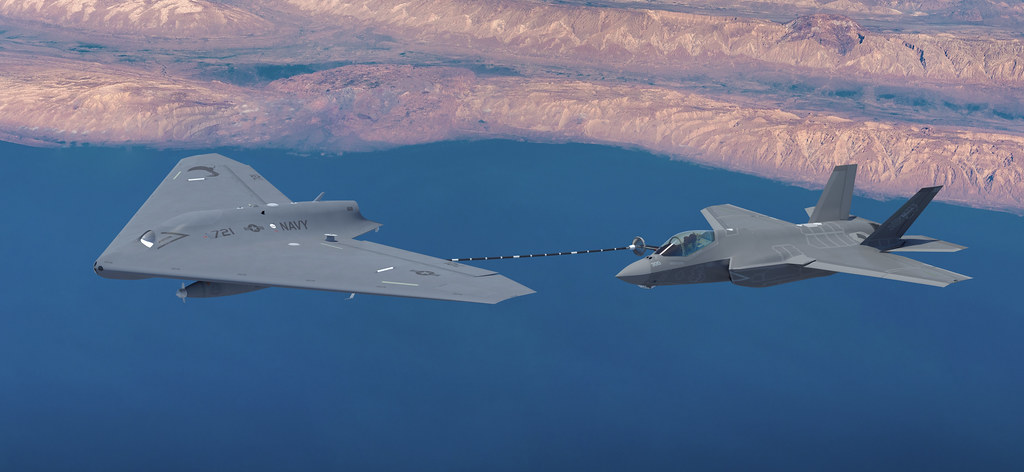
The U.S. Navy has taken a significant step into the future of naval aviation with the delivery of the first MQ-25 Stingray, an unmanned carrier-based refuelling aircraft designed to extend the combat range of carrier air wings.
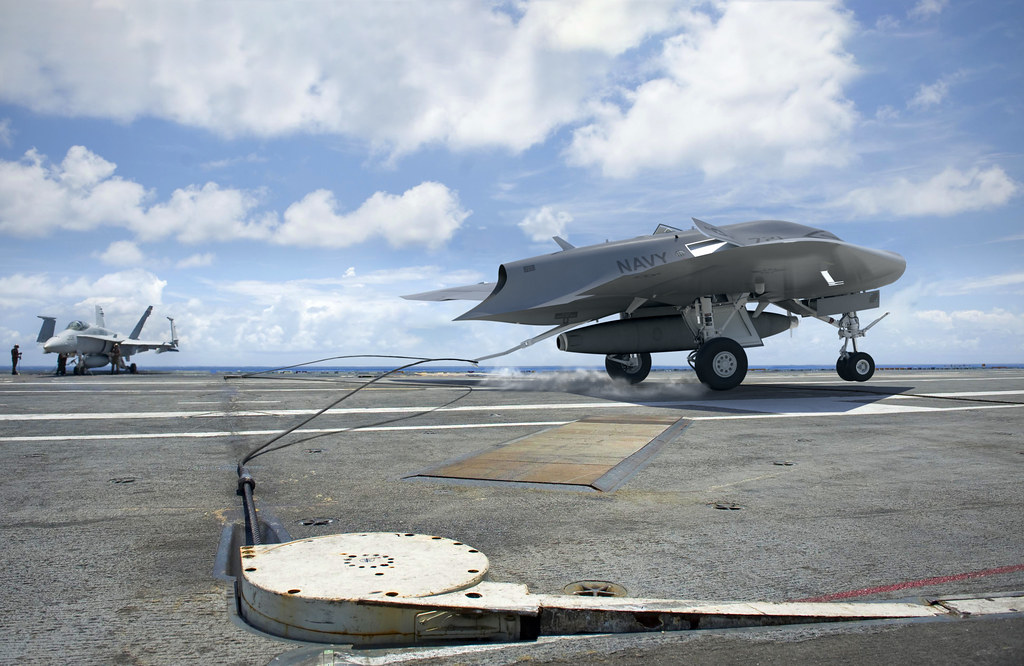
Developed by Boeing, the MQ-25 is set to redefine aerial refuelling and intelligence operations with its advanced autonomous capabilities.
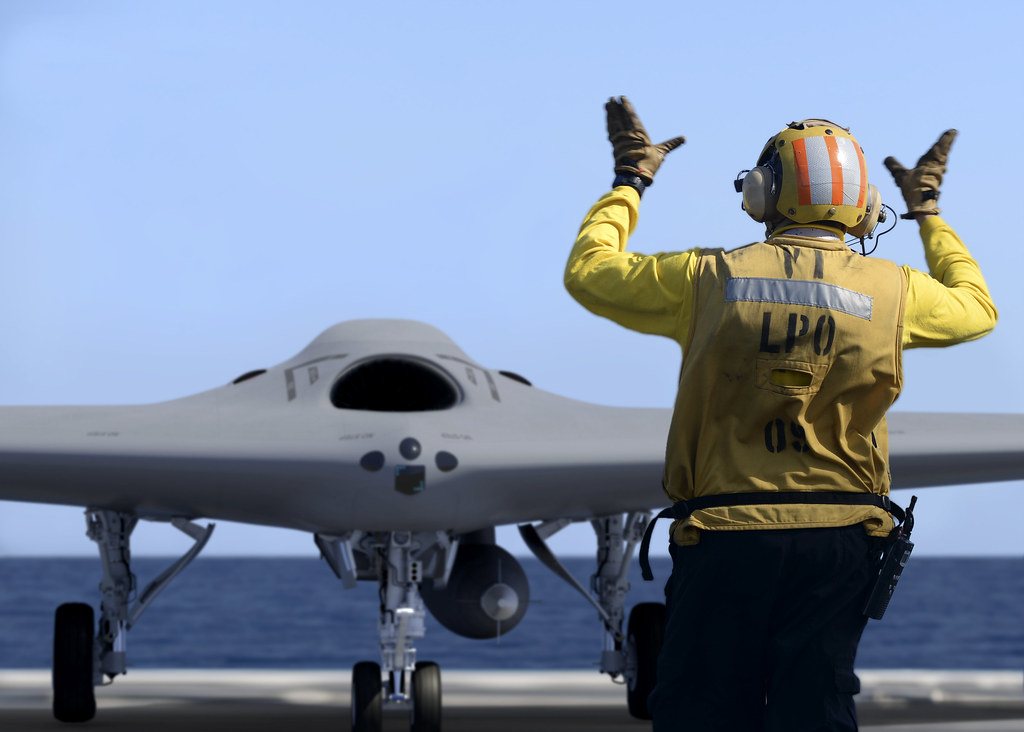
The Stingray represents a paradigm shift in military aviation, allowing for the pairing of manned and unmanned aircraft in operational scenarios.
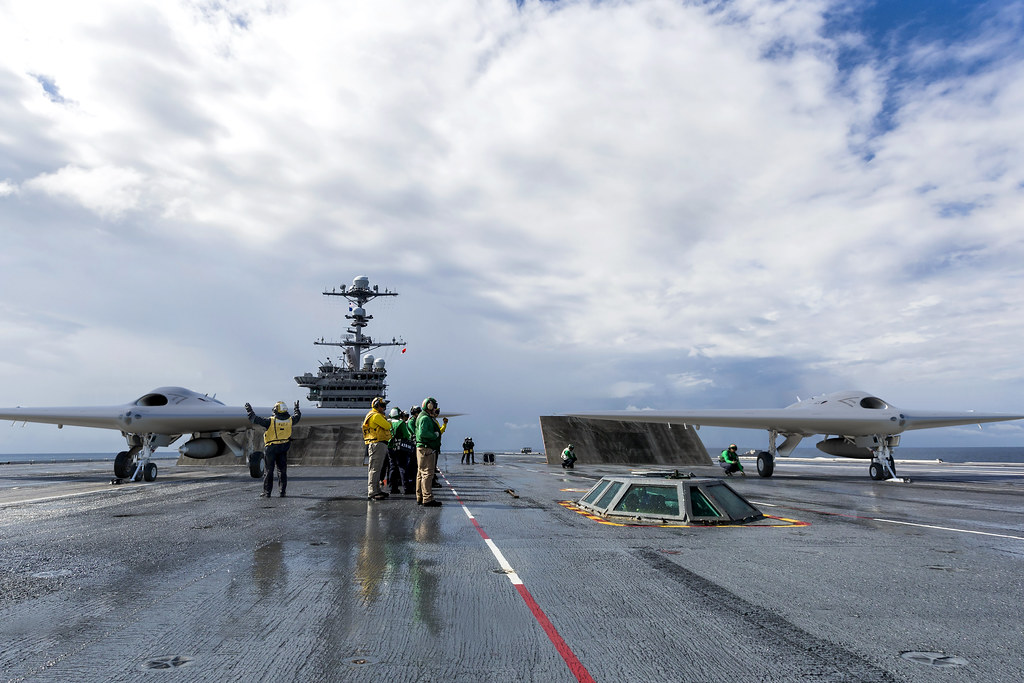
This technology leap was highlighted in a series of trials, where Boeing tested software that enables pilots of crewed aircraft, such as the F/A-18 Super Hornet and the Lockheed Martin F-35C, to control the unmanned MQ-25.

In the words of Boeing’s Alex Ewing, “This software will add a second option, enabling pilots to initiate commands right from their cockpit,” significantly enhancing operational flexibility.
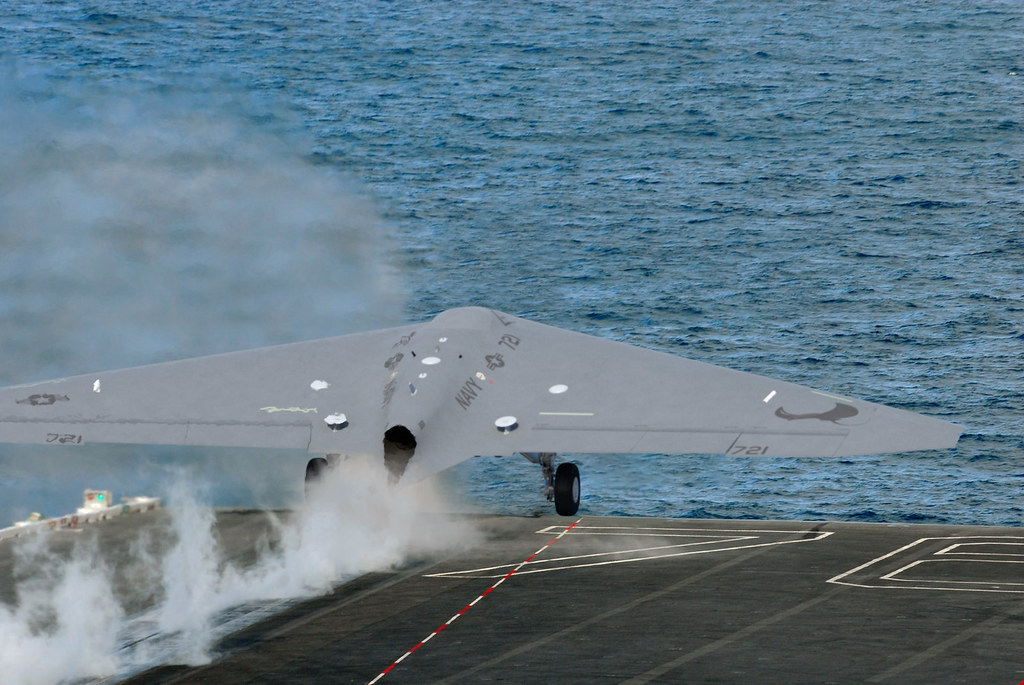
Further exhibiting its groundbreaking capabilities, the MQ-25 has already demonstrated successful refuelling of three different carrier-based aircraft in prior tests.
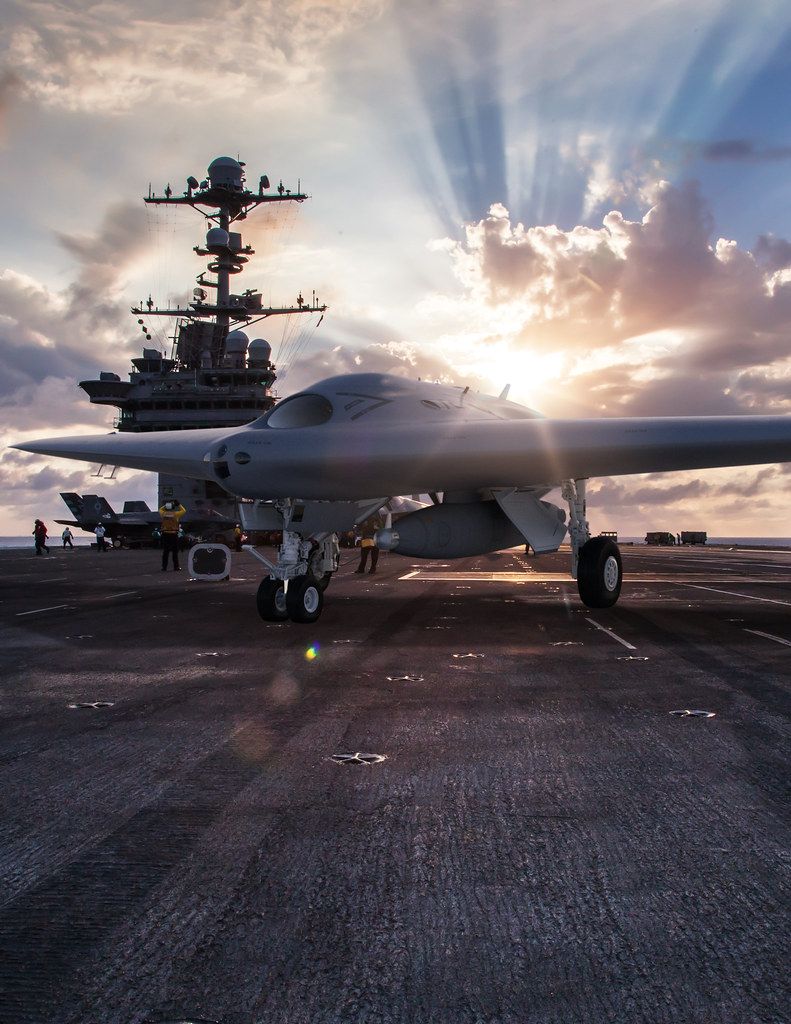
According to Juan Cajigas, director of Boeing’s MQ-25 programme, the ability for a single pilot to control both the refuelling process and the unmanned aircraft is a “major step forward in aerial refuelling technology.”
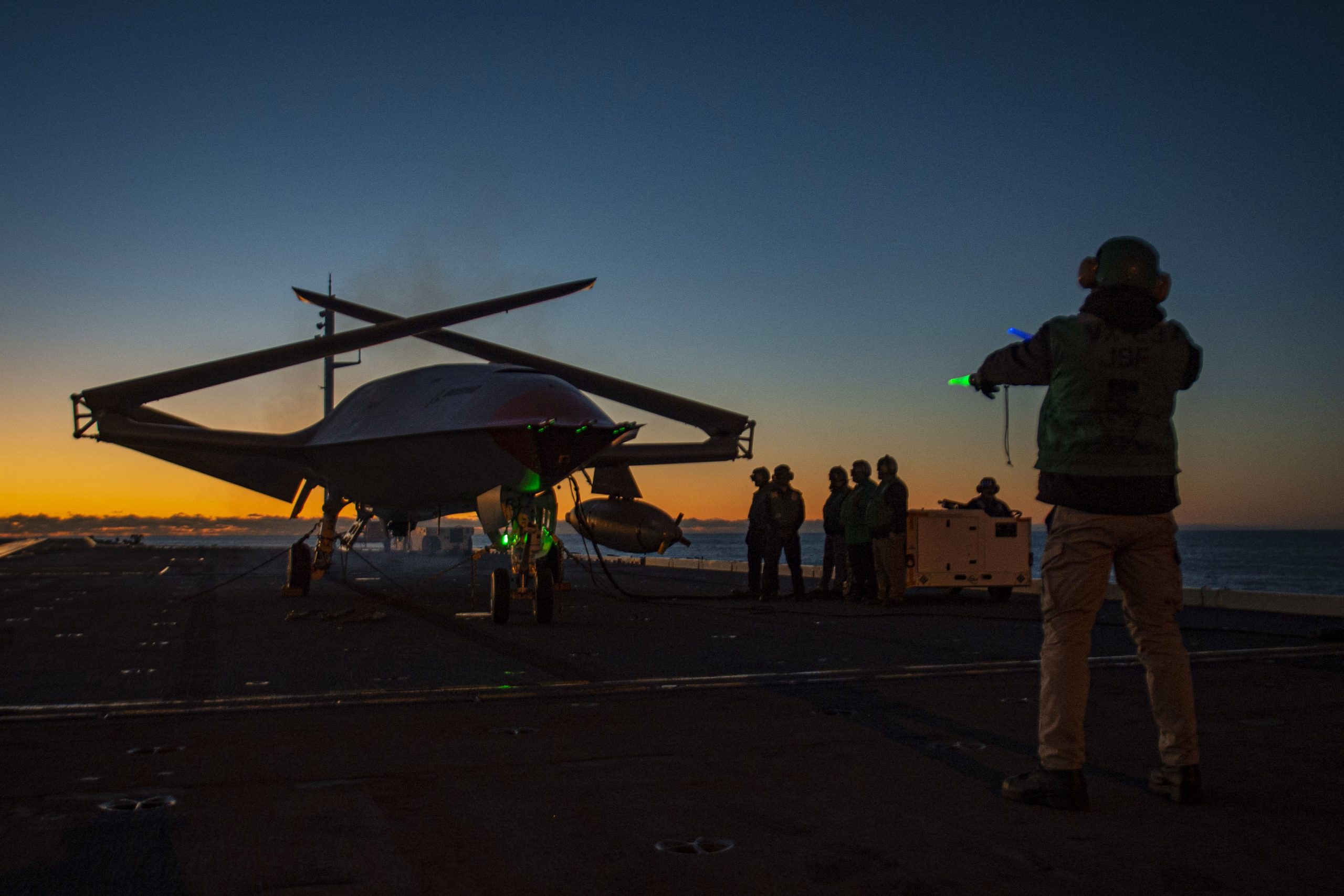
The U.S. Navy’s embrace of the Stingray is not just about technological innovation; it also addresses a pressing operational need. Currently, F/A-18 Super Hornets are repurposed for aerial refuelling duties, which diverts them from their primary combat roles.
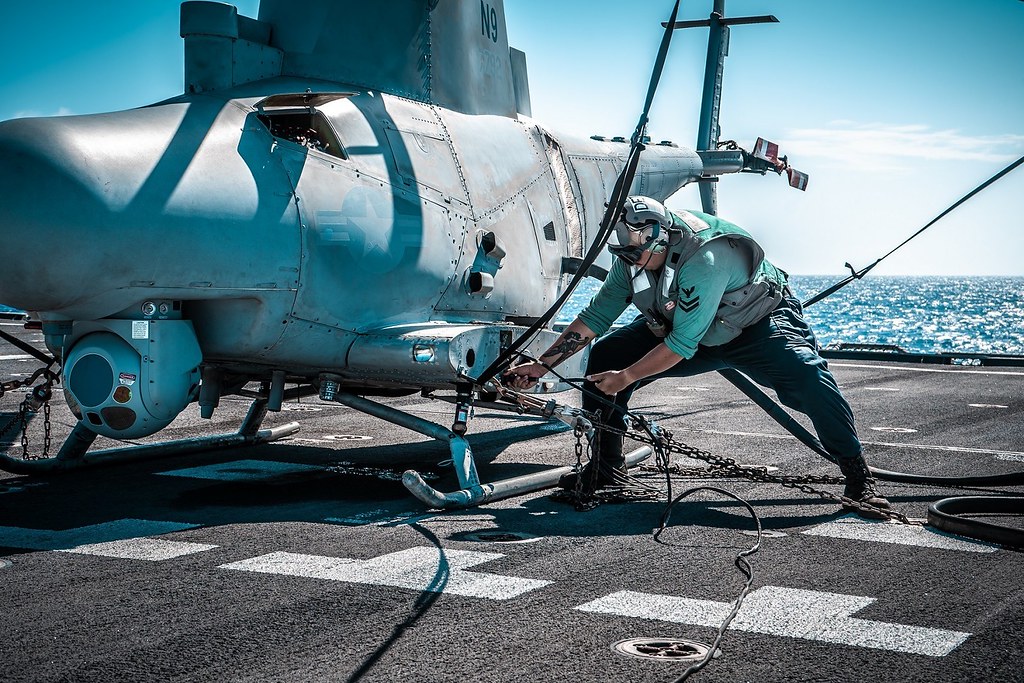
The MQ-25 will take on this responsibility, helping alleviate the strain on the navy’s fighter fleet and extending the service life of these crucial aircraft.

This autonomous refueller, however, is not just a one-trick drone. In addition to its primary refuelling role, the MQ-25 will serve secondary duties in intelligence, surveillance, and reconnaissance (ISR), thus expanding its utility in the naval aviation ecosystem.
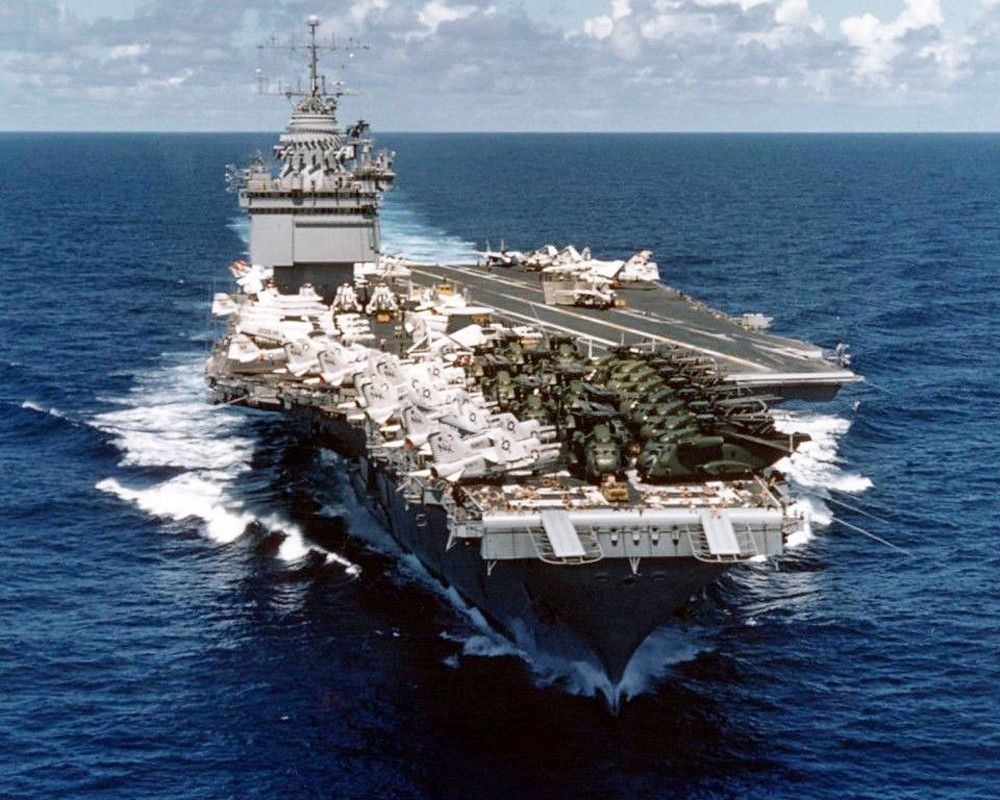
The navy has high hopes for the MQ-25, stating that it will “have the ability to refuel all carrier-based fixed-wing aircraft capable of aerial refuelling and pass sensor data to other aircraft, naval vessels and ground forces.”
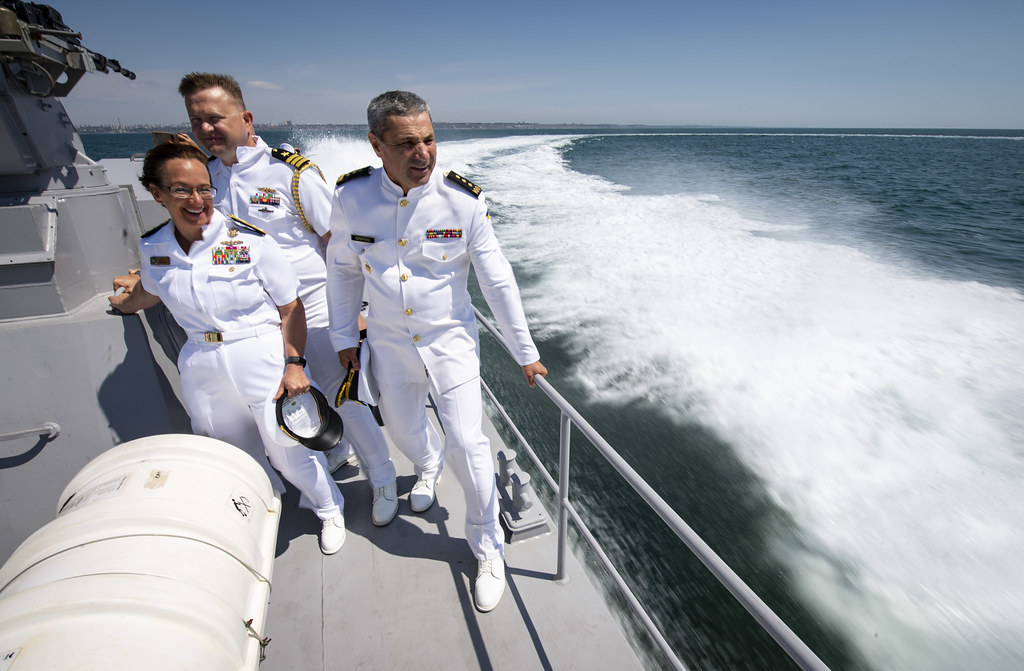
The MQ-25’s development has been marked by several noteworthy milestones, including the use of a Boeing-owned demonstrator aircraft for deck handling trials on the USS George H.W. Bush and virtual demonstrations revealing the MQ-25’s ability to be controlled by different types of manned aircraft for both refuelling and ISR missions.
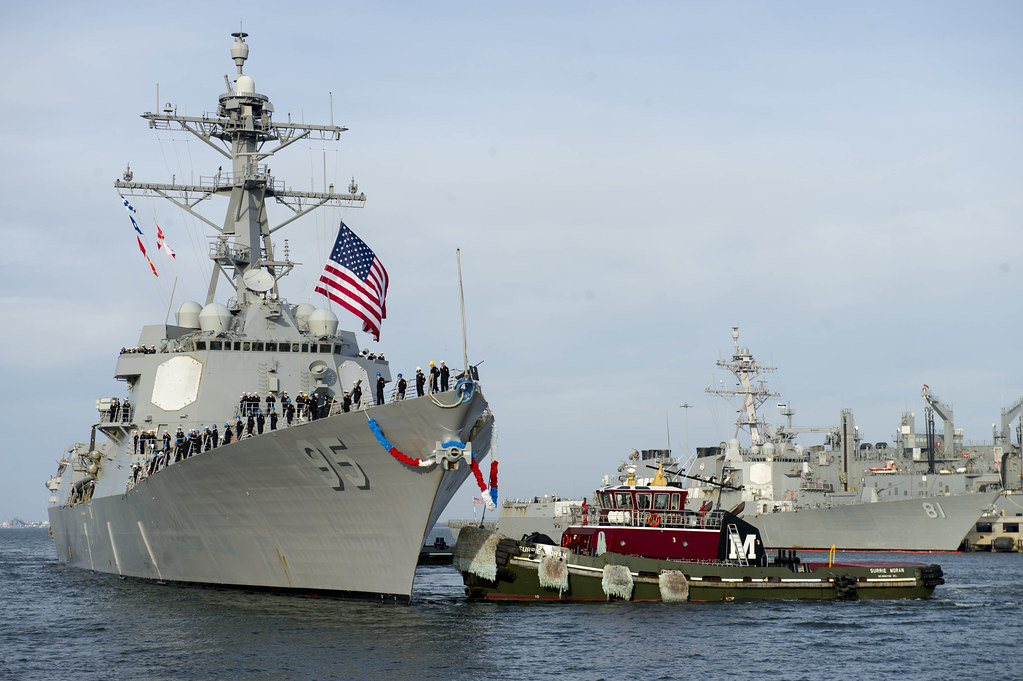
Adding to the anticipation, the U.S. Navy’s fiscal year 2025 budget outlines plans to procure 76 MQ-25 aircraft, with a projection of achieving initial operational capability by the second half of 2026. This commitment underscores the strategic importance of the MQ-25 to future naval operations.
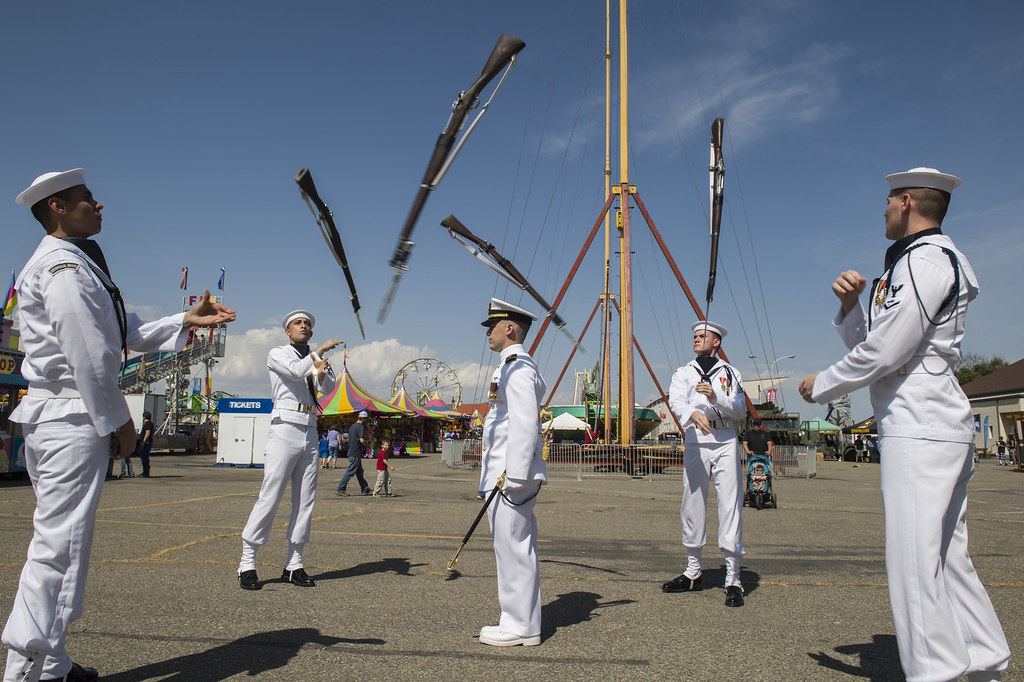
As Boeing forges ahead with the Stingray’s development, the potential impact of this unmanned system on naval warfare cannot be overstated.
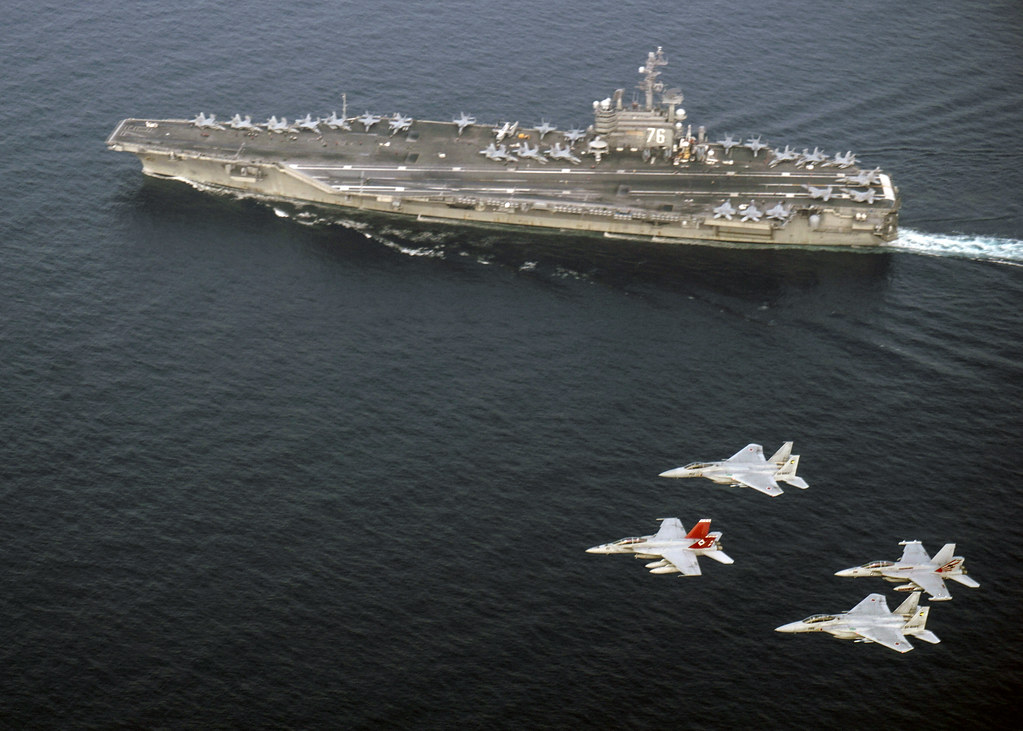
With its promise of extending the reach of carrier-based aircraft and enhancing combat readiness, the MQ-25 Stingray is poised to become a linchpin in the U.S. Navy’s ongoing quest for superiority in the skies and across the seas.
